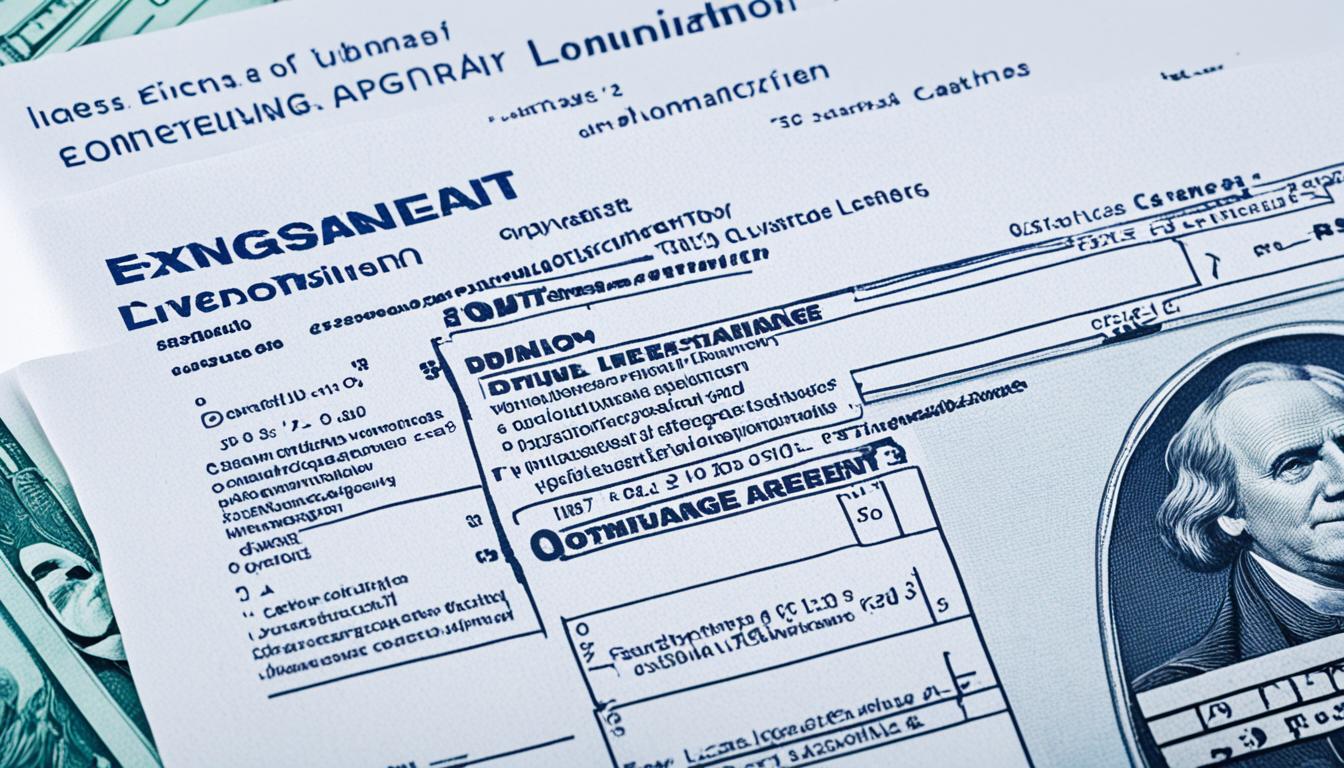Software acquisition is the process of obtaining software for use in a business or organization. It involves various steps, including the procurement of software licenses, managing IT assets, and acquiring digital products. The software acquisition process is essential for businesses to ensure they have the necessary software to support their operations and achieve their goals.
Key Takeaways
- Software acquisition is the process of obtaining software for business use.
- It involves acquiring software licenses, managing IT assets, and acquiring digital products.
- The software acquisition process is crucial for supporting business operations and goals.
- Effective software asset management is an essential part of software acquisition.
- Understanding different types of software acquisition methods allows organizations to choose the most suitable option.
The Importance of Software Acquisition Strategy
Developing a software acquisition strategy is crucial for organizations to ensure they are making informed decisions and optimizing their software purchases. A well-defined strategy enables businesses to align their software acquisitions with their overall goals and objectives. By having a clear plan in place, organizations can effectively manage their software vendor relationships, streamline the purchasing process, and maximize the value derived from their software investments.
One of the key aspects of a software acquisition strategy is software vendor management. Organizations need to carefully evaluate potential vendors and establish criteria for selecting the most suitable ones. This involves conducting thorough research and due diligence to assess a vendor’s reputation, product quality, customer support, and pricing. By effectively managing vendors, organizations can ensure they are partnering with reliable and trustworthy providers that meet their software needs.
Another important element of a software acquisition strategy is enterprise software acquisition. Organizations should identify their specific software requirements, such as functionality, scalability, and integration capabilities. By clearly defining their needs, businesses can select software solutions that best align with their operations and goals. This includes evaluating different options, such as off-the-shelf software, custom-developed software, or cloud-based solutions, and making informed decisions based on the specific requirements of the organization.
Defining and implementing software purchasing best practices is another vital aspect of a software acquisition strategy. This involves establishing standardized processes for software procurement, including budgeting, approval workflows, and contract management. By following best practices, organizations can minimize risks, optimize costs, and ensure compliance with licensing agreements. Additionally, having clear guidelines for software purchasing streamlines the decision-making process and enhances overall efficiency.
Overall, a well-executed software acquisition strategy enables organizations to effectively meet their software needs, maximize the value of their software investments, and optimize their software procurement processes. By incorporating software vendor management, enterprise software acquisition, and software purchasing best practices, businesses can drive operational efficiency and gain a competitive edge.
| Key Elements of a Software Acquisition Strategy | Benefits |
|---|---|
| Software vendor management | – Ensures selection of reliable and trustworthy vendors – Maximizes value from vendor relationships |
| Enterprise software acquisition | – Aligns software with organizational needs and goals – Enhances operational efficiency |
| Software purchasing best practices | – Minimizes risks and optimizes costs – Streamlines decision-making process |

Understanding Different Types of Software Acquisition
When it comes to acquiring software, businesses have a variety of options to choose from. Understanding the different types of software acquisition methods can help organizations make informed decisions based on their specific needs. Let’s explore the various options available:
Retail Software
Retail software refers to commercially packaged software that is available for purchase from stores or online retailers. This type of software encompasses a wide range of applications, including productivity tools, design software, and antivirus programs. Organizations can easily purchase and install retail software on their systems to meet their specific requirements.
OEM Software
OEM (Original Equipment Manufacturer) software is often bundled with hardware devices like computers or printers. This type of software is specifically designed to work seamlessly with the accompanying hardware. Acquiring OEM software can be a cost-effective option, as it is typically offered at a discounted price when purchased alongside the hardware package.
Shareware and Freeware
Shareware and freeware are types of software that can be used for trial purposes or with limited functionality. Shareware typically offers users a trial period before requiring a license fee for continued usage, while freeware is available for free with no limitations. These options allow organizations to evaluate software before making a purchasing decision, making them ideal for testing compatibility and assessing functionality.
Open Source Software
Open source software is available for free and provides users with the freedom to access and modify the source code. This allows organizations to customize the software to suit their specific needs or integrate it into existing systems. Open source software often benefits from a vibrant community of developers who contribute to its development and maintenance.
Public Domain Software
Public domain software refers to software that is not protected by intellectual property rights and is available for unrestricted use. This software can be freely used, modified, and distributed without any legal restrictions. Organizations can leverage public domain software to save on costs and access a wide range of applications without licensing limitations.
Demo Software
Demo software, as the name suggests, provides users with a demonstration or preview of a full-fledged software application. It allows organizations to explore the features and functionality of the software before making a purchasing decision. Demo software enables informed decision-making by providing firsthand experience of the software’s capabilities.
Understanding the different types of software acquisition methods empowers organizations to make strategic choices based on their unique requirements. Whether it’s purchasing retail software, utilizing open source software, or exploring other options, businesses can select the most suitable approach to meet their software needs.

Exploring Software Procurement Techniques
Software procurement involves implementing different licensing models and adoption strategies to meet the unique needs of organizations. Understanding and selecting the right software licensing model is crucial in ensuring effective software acquisition and utilization. Additionally, adoption strategies play a significant role in successfully integrating new software into existing infrastructures.
Software Licensing Models
There are various software licensing models available, each with its own advantages and considerations:
- Perpetual licenses: With perpetual licenses, organizations purchase the software once and have the right to use it indefinitely. This model provides long-term ownership and control over the software.
- Subscription licenses: Subscription licenses require regular payments for ongoing access to the software. This model offers flexibility and the ability to easily upgrade or discontinue usage based on changing needs.
- Open source licenses: Open source licenses provide users with the freedom to access and modify the source code of the software. This model fosters collaboration, customization, and community-driven innovation.
Adoption Strategies
Adoption strategies determine how organizations implement and integrate new software into their operations. The choice of strategy depends on factors such as software complexity, organization size, and existing infrastructure:
“Phased implementation allows organizations to gradually adopt new software, minimizing disruption and providing time for training and adjustment. The ‘big bang’ approach involves a rapid, simultaneous implementation of the software across the organization, often used for smaller software projects or when immediate benefits outweigh potential disruptions.”
Organizations should carefully evaluate these strategies to ensure successful adoption and smooth transition.
Understanding software licensing models and adoption strategies enables organizations to make informed decisions that align with their specific needs and goals. By selecting the right licensing model and implementing an appropriate adoption strategy, businesses can optimize their software acquisition process and maximize the value derived from their software investments.
The Role of Software Asset Management in Acquisition
Software asset management is a critical component of the software acquisition process. It encompasses a range of activities aimed at effectively tracking, managing, and optimizing software assets throughout their lifecycle. One of the key aspects of software asset management is software inventory, which involves maintaining an up-to-date record of all software applications and licenses owned by the organization.
License management is another vital aspect of software asset management. It ensures that organizations are compliant with the terms and conditions of software licenses, avoiding costly penalties due to non-compliance. By closely monitoring license usage and expiration dates, organizations can optimize their software usage and minimize unnecessary costs.
Compliance tracking is an essential function of software asset management, ensuring that the organization adheres to legal and regulatory requirements. It involves monitoring software usage, license compliance, and data security to mitigate potential risks and maintain a trustworthy software environment.




